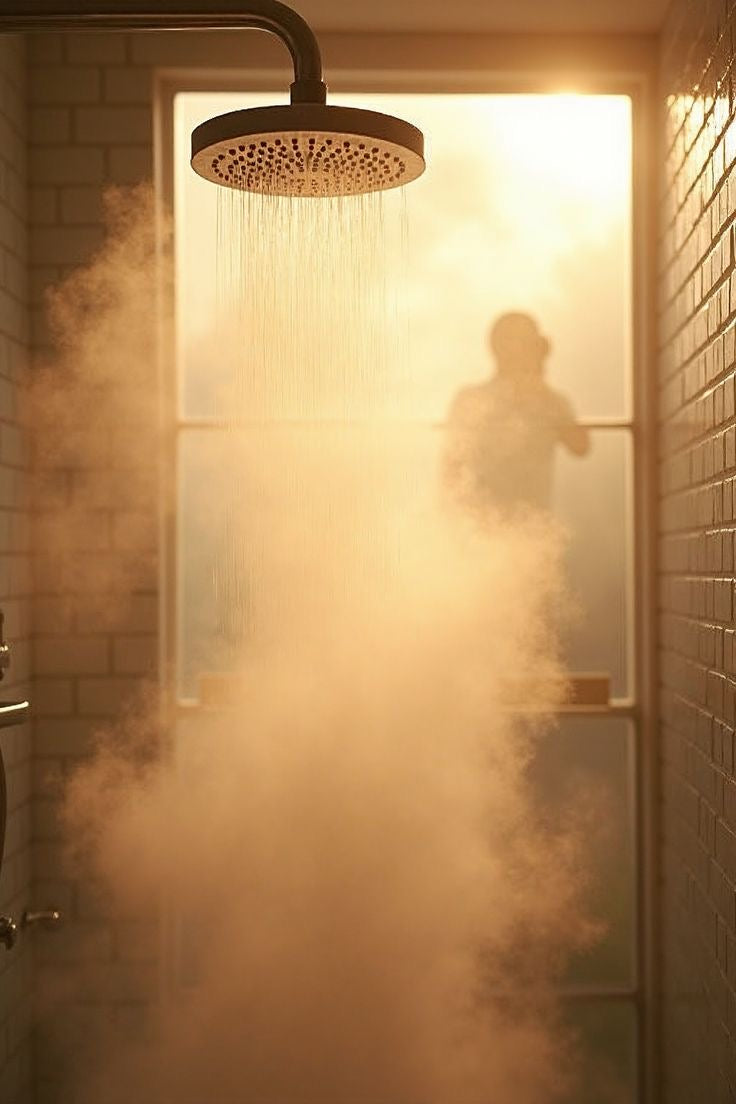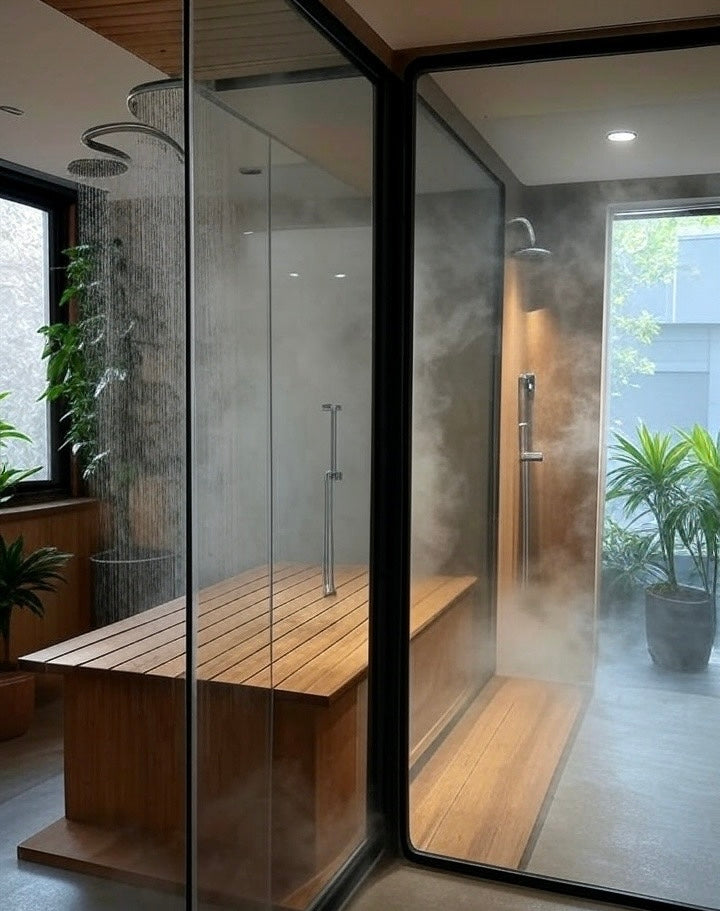Wondering if that Cold Plunge or Ice Bath Tub is all thrills and no chills? Short answer: Cold plunging isn’t risk-free—think heart stress, nerve pain, and icy regret. Keep reading to learn the real downsides before you dive headfirst into your Cold Plunge Tub adventure!

1. Immediate Dangers and Physiological Responses
1.1 Understanding the Cold Shock Response
1.1.1 Involuntary Gasping and Hyperventilation
When you hit icy water, your body reacts instantly. This can trigger uncontrollable gasping and rapid breathing. It raises the chance of accidentally inhaling water.
1.1.2 Sudden Increases in Heart Rate and Blood Pressure
Cold shock causes a spike in heart rate and blood pressure. This is risky if you have cardiovascular issues.
1.1.3 Risk of Panic, Confusion, and Dizziness
Intense chill can overwhelm your senses. Panic, disorientation, and dizziness may follow. It can make exiting the Ice Bath Tub or Cold Plunge Tub dangerous.
1.1.4 How Cold Shock Increases Drowning Risk
These reactions, paired with impaired movement, increase drowning risk. Even shallow tubs can be hazardous.
1.2 The Threat of Hypothermia
1.2.1 Symptoms and Progression of Hypothermia
Cold water drains heat fast. Shivering leads to numbness and confusion. Prolonged exposure may cause loss of consciousness.
1.2.2 Why Water Accelerates Body Heat Loss
Water conducts heat away 25 times faster than air. Even short Ice Bath sessions can lead to hypothermia without precautions.
2. Potential Health Complications and Physical Risks
2.1 Cardiovascular Strain and Heart-Related Issues
2.1.1 Irregular Heartbeat and Heart Muscle Damage
Shock can disrupt your heart rhythm. In severe cases, it may damage heart tissue.
2.1.2 Risk of Heart Attack
Sudden immersion might trigger heart attacks. This is especially true for vulnerable individuals.
2.1.3 Impact on Individuals with Pre-existing Heart Conditions
Those with heart conditions should consult a doctor first. This reduces risks during cold therapy.
2.1.4 Interactions with Medications (e.g., Beta-Blockers)
Certain medicines alter your body's response to cold. This can make temperature regulation harder.
2.2 Physical Impairment and Tissue Damage
2.2.1 Numbness and Loss of Motor Control in Extremities
Cold causes numb hands and feet. This makes safe movement harder.
2.2.2 Weakness and Reduced Coordination
Muscle function drops in the cold. Slipping while exiting the Cold Plunge Tub becomes more likely.
2.2.3 Risk of Frostbite and Other Cold Injuries
Long exposure, especially outdoors, can cause frostbite. Always monitor exposure time.
3. Who Should Exercise Caution or Avoid Cold Plunging?
3.1 Pre-existing Medical Conditions and Contraindications
3.1.1 Heart Disease and High Blood Pressure
Anyone with cardiac issues faces heightened risk. Seek medical advice before plunging.
3.1.2 Diabetes and Circulatory Disorders (e.g., Raynaud's Phenomenon, Peripheral Neuropathy, Venous Stasis)
Cold plunges can worsen circulation problems. Nerve sensitivity can also be affected.
3.1.3 Cold Agglutinin Disease
This rare condition can cause blood complications. Cold exposure should be carefully managed.

3.2 Importance of Safe Practices and Professional Guidance
3.2.1 Gradual Acclimation and Controlled Exposure
Start with shorter dips. Build tolerance with gradual temperature drops.
3.2.2 Avoiding Over-Immersion
Stick to recommended times. This limits the chance of serious complications.
3.2.3 Never Plunging Alone
Always have someone nearby. Safety first in case of emergencies.
3.2.4 Proper Post-Plunge Rewarming Techniques
Use warm towels and layered clothing. Gentle movement helps restore body temperature safely.






